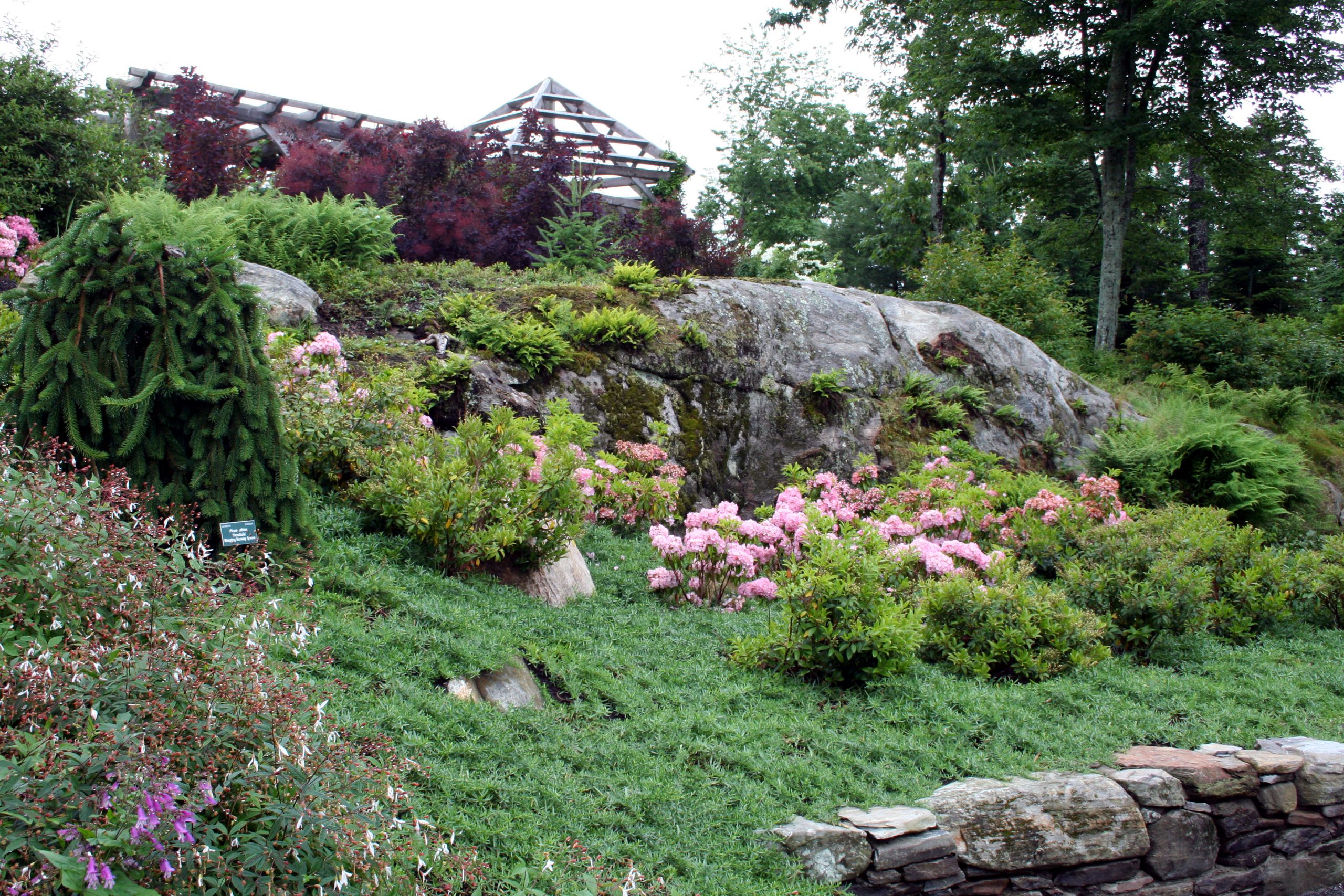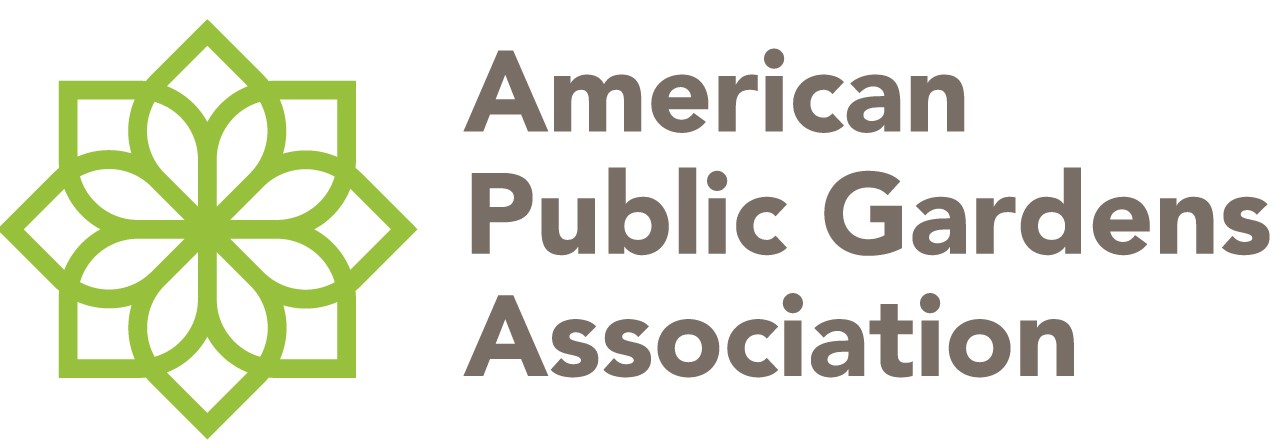Native pollinating bees are a vital component of the biologically diverse plant and animal community which is critical to healthy, ecologically functional range landscapes. There are more than 20,000 species of bees world-wide. They exist on every continent except Antarctica. Over 4,000 species are known in the United States, most of which are solitary ground-nesting bees. Not only do they provide the essential environmental amenity of pollination, but by providing pollination, they allow for the existence of a host of other environmental services, including the continuation of multiple trophic levels of the food web. Many Lepidoptera (moths and butterfl ies), wasps, fl ies, beetles, and other insects also are pollinators, but they are not nearly as effi cient as bees in moving pollen from fl ower to fl ower. Managing rangelands to enhance life requisites for native pollinators likely will require adjusting current practices.
The Value of Pollinators and Pollinator Habitat to Rangelands: Connections Among Pollinators, Insects, Plant Communities, Fish, and Wildlife




